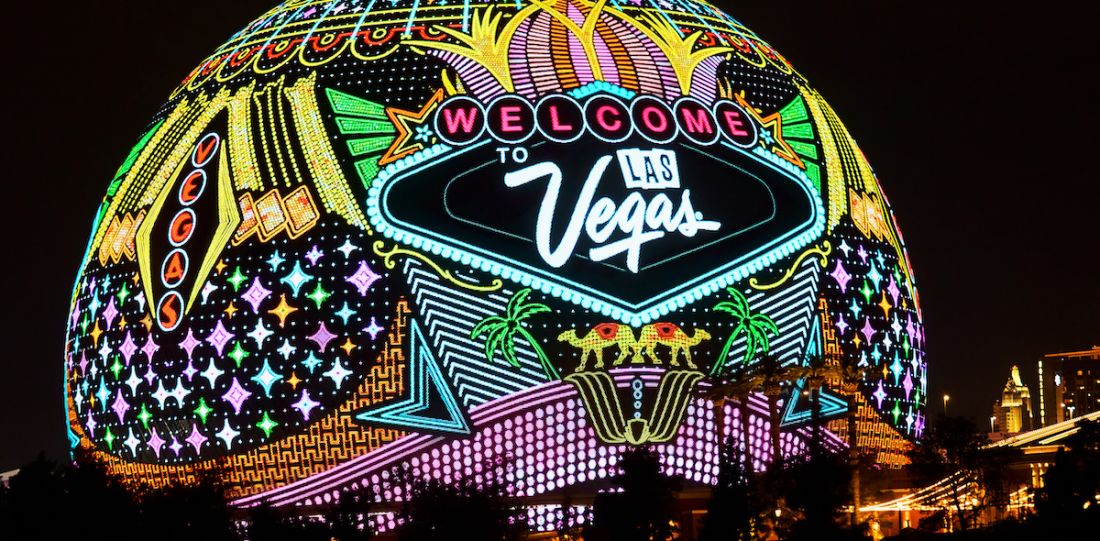Digital signage looks different around the world—not just in appearance, but in how it’s used. What works for a storefront in Texas might not translate to a transit hub in Tokyo. Businesses across the globe are adopting LED signage in unique ways, driven by culture, location, and customer behavior.
At Next LED Signs, we follow these trends closely so we can help our clients make the smartest signage choices—whether they operate locally or manage locations internationally.

Rising Demand for LED Digital Signs Worldwide
Digital signage adoption continues to expand across industries. According to market research, the global digital signage market was valued at $24.08 billion in 2022 and is projected to reach $41.98 billion by 2032. With a compound annual growth rate (CAGR) of 5.8%, this growth reflects the increasing demand for LED digital signs in sectors like retail, transportation, healthcare, and entertainment.
Regional Trends in LED Signage Adoption
While LED signage is widely embraced worldwide, different regions utilize this technology in unique ways based on market conditions, infrastructure, and industry needs.
What Patterns Are Emerging Worldwide?
North America: Large outdoor displays and roadside message boards dominate. Businesses value bold, changeable content that updates automatically.
Europe: Digital signage inside public transit hubs and museums is popular—think wayfinding, safety notices, and cultural exhibits.
Asia-Pacific: Think Times Square in London ×10—ultra-bright, video-capable signs in city centers, malls, and entertainment districts.
Latin America & Middle East: Signs tend to be colorful and dynamic, often paired with motion sensors or simple interactivity to grab attention.
Each region has its own vibe—and the right signage reflects that.

How LED Digital Signs Are Transforming Key Industries
While digital signage usage varies by region, its impact on major industries is universal. Here’s how different sectors are embracing LED technology across the globe:
Retail: From malls in Seoul to boutiques in Paris, dynamic window displays and in-store digital signage are used to promote flash sales, highlight product launches, and personalize the shopping experience. Studies show digital signage in retail can increase average purchase amounts by 29.5% and sales volume by 31.8%.
Education: Universities and K–12 schools worldwide rely on LED signs for safety alerts, event reminders, and daily updates. In the U.S. alone, over 60% of schools use some form of digital signage for communication.
Healthcare: Hospitals in cities like London, Tokyo, and São Paulo use indoor LED displays to guide patients, promote wellness campaigns, and reduce perceived wait times—cutting them by up to 35%.
Transportation: Airports and subway systems from New York to Dubai depend on LED signage for real-time updates, directional cues, and advertising. These signs improve passenger flow and reduce confusion in high-traffic areas.
Restaurants & QSRs: Whether it’s a fast-food chain in Toronto or a local café in Madrid, LED menu boards and promotional displays are helping foodservice businesses improve order speed, highlight specials, and drive repeat visits.
Each of these industries applies signage differently, but the goal is the same: clearer communication, stronger engagement, and faster response.

Why Those Differences Matter
LED signage isn’t one-size-fits-all. Cultural preferences, regulations, and viewing habits shape how it’s used:
Brightness & Color: Ultra-high brightness is a must in sunny climates; cooler color temperatures may feel more modern in urban centers.
Local Regulations: Some cities restrict flashing signs near roadways, while others welcome vibrant displays.
User Behavior: In transit hubs, content is quick and functional; in retail, storytelling and captivating visuals get people to stop and connect.
Working globally means understanding these nuances—and tailoring solutions to fit.
LED Digital Signs Are Reshaping Global Communication
From New York to Shanghai, LED signage is redefining how businesses communicate, advertise, and engage audiences. As global demand continues to rise, industries are finding new ways to harness the power of digital displays.
FAQs with On Global LED Sign Trends
- What’s the global adoption rate of digital signage?
In 2023, there were approximately 91.5 million connected digital signage units installed worldwide—with expected growth to 149 million by 2028. That’s a 63% increase in just five years. - How fast is that market growing?
In 2024, global digital signage hit around US $28.5 billion, and it’s projected to grow at about 5.6% annually through 2033. - Are there concerns about people ignoring digital signs?
“Display blindness” can be real—studies show that in overly cluttered public spaces, up to 40% of digital signs go unnoticed. That’s why context and content placement matter more than ever. - Which regions are investing the most?
North America accounts for 37% of the global market, leading today—followed by steady growth in Europe and APAC.
LED signage is a global tapestry—each region adding its own style and purpose. At Next LED Signs, we don’t just supply LED solutions—we customize them to each market’s DNA—from brightness and color to content strategies that speak to local audiences.
If you’re ready to explore how LED signage can elevate your brand—whether you’re in a bustling city center or managing multiple global locations—reach out today.
Let’s bring your vision to life. Contact Next LED Signs today to explore cutting-edge digital signage solutions tailored to your industry.



